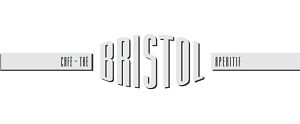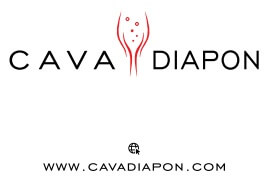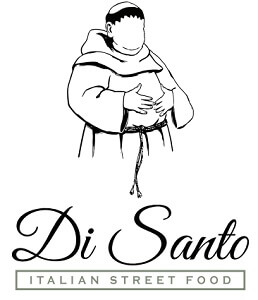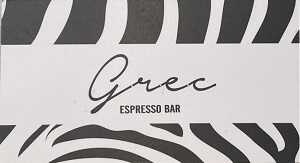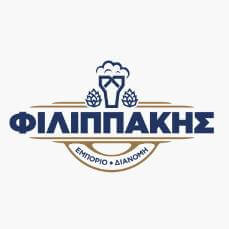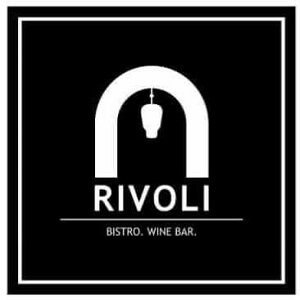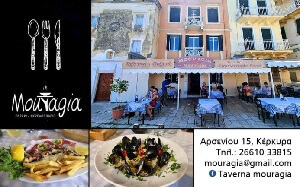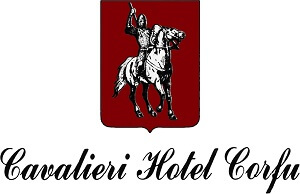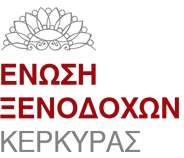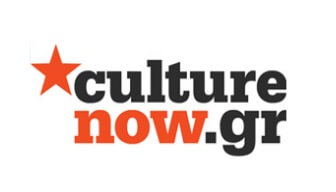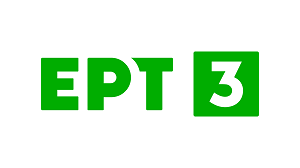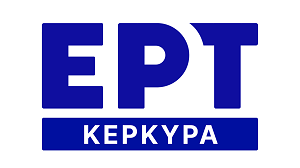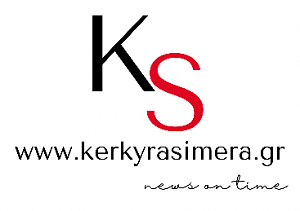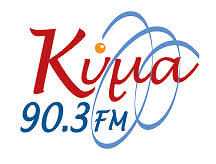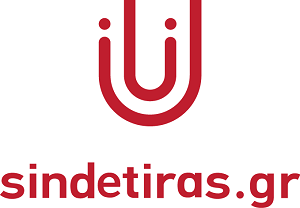A man-made object that has cultural or historical significance may be called an Artifact. The significance of the object depends on the culture of the society origin. Artifacts could be anything from a 100-year-old suitcase to a 5000-year-old lantern. These items help us understand life in the creation era and its value in this society. All artifacts, especially ancient, are worth conserving and even restoration to maintain our history.
Aged objects could become brittle and easily break or crack. Deterioration caused due to mold growth, weather, moisture, dust and dirt build up may ruin the artifact. Traditional conservation depends on the artifacts needs, using culturally appropriate and historically accurate materials to complete any treatment properly. The overall process needs scientific and archaeological approach, must be completed by trained professional experts and high technology of materials used.
By using digital methods to restore an artifact we have gained the ability to experiment freely on different approaches on the original view of the artifact, without causing any damage or erosion to the artifact. 3D scanning it is a safe method to create a digital copy of the artifact, giving as with high precision the artifacts surface, allows us to enhance the image many times for more thorough research. Accurate 3D measurements gave us the ability for high-lever research, study colors and in some cases using special equipment examine the material. Computers can now manage vast numbers of polygons on 3d models created and sophisticated or even 3D development software, gives us the ability to manipulate, modify, explore and even recreate art without touching the original artifact. Modern 3d printers, nowadays can print almost accurate copies of the digital model or the missing parts, at low cost, so that we can have accurate and realistic appearance of the artifact without the real object present.
By using the model created by scanners not only archaeologists and conservators can work on an artifact but also artists, graphic designers and others to experiment. The possibilities are now endless not only on digital restoration, but also to recreate using the scanned model as an initial inspiration or even manipulate the object to create new art, products, videos etc. Computer power allows us to manipulate the 3D model and even colorize it, as if it was a real object and even print it with colors. The whole process with modern software tools can be extremely easy and the result media can be of high quality even in a home office with a small 3D printer.
The recreation of the object as a technique, may be accomplished with various ways that can vary depending on the equipment and the software available. Many companies have developed software to develop 3d model from simple images or even better special equipment developed for this purpose only.
By referring to recreation of ancient artifact using modern graphic design, there is no restoration based on scientific studies, but it works as project, studying the application of colors, patterns and design elements using as initial model of inspiration the digital copy of the ancient artifact. The purpose of any process is not to alter or reform the original artifact to an unrecognizable state, but to expand the significance and the creativity value of the artifact, as a modern piece of art or graphic design. By using technological equipment such as 3D printer the development of a real object could expand even more the creative aspects of the project.
Stelios Skourlis is the founder of One Man Lab, a game development studio. He also works at Hellenic Organization of Cultural Resources Development as Graphic Designer and has more than twenty years of experience in designing books, game development and post production. He has studied Graphic design at Uniwa, has a Master degree in Graphic Design and multimedia at Hellenic Open University, has Studies in Photograph and visual arts at Uniwa and now he is a Phd student in Graphic Design. He has won awards in concept drawing, game development and book design.
Back
SPONSORS
 Agora Restaurant Grill House
Agora Restaurant Grill House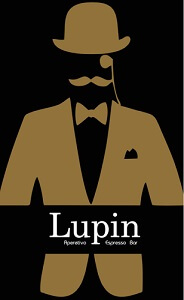 Lupin Aperitivo Espresso Bar
Lupin Aperitivo Espresso Bar

